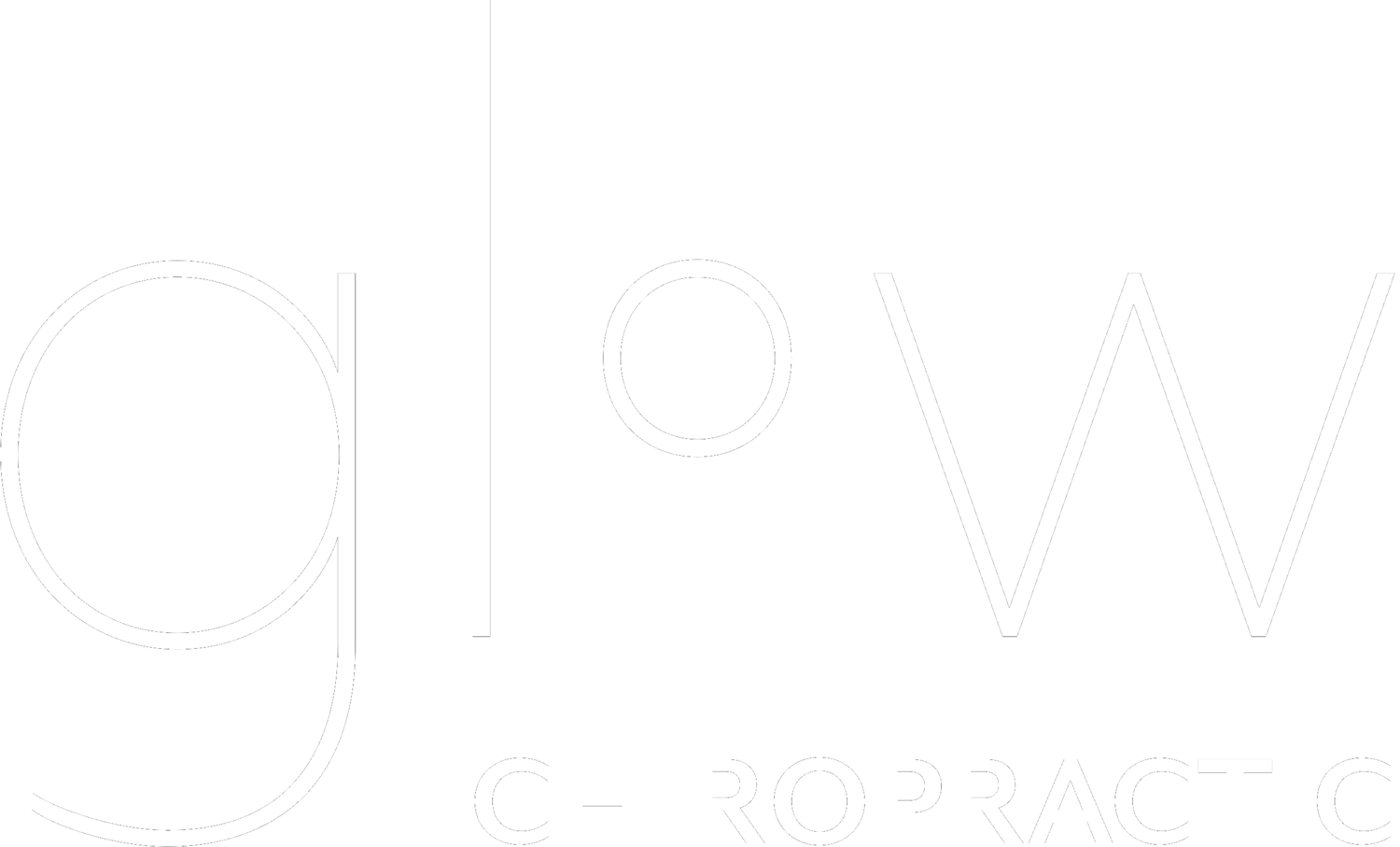The Incredible Female Body
Life is a journey filled with phases, each offering unique opportunities for growth and self-discovery. For women, these biological phases include puberty, womanhood, and menopause. Each is accompanied by significant changes, particularly in our hormonal landscape.
The female body possesses the remarkable ability to create and nurture life. Yet we often overlook the complexity of this process and the rhythms that govern our physical and emotional health. It is important to distinguish between what is common and what is normal. While many women experience symptoms during hormonal shifts, ongoing discomfort is not the norm.
What Constitutes a Healthy Cycle?
A healthy menstrual cycle generally includes:
Bright red blood at the start. This indicates healthy hemoglobin levels.
A heavy flow for the first few days, then a tapering off.
A total blood loss of about 30-40mL over 4-7 days.
A cycle length of 25-32 days.
If these criteria sound different than what you have experienced, you are not alone. Many women experience irregularities. Understanding what a normal cycle is like can help you to identify when something is not functioning properly. In addition, experiencing cramps or premenstrual syndrome (PMS) is not a standard expectation; it is a sign that your body could use additional support.
The Importance of Tracking Your Cycle
Tracking your cycle can help you gain insights into what your body needs. This knowledge empowers you to make informed choices. Unlike men who have a more fixed rhythm, women’s bodies follow a dynamic rhythm. Doing the same thing every day does not work very well for women. Ideally our dietary, exercise, and self-care routines should adapt to align with our cycles.
For instance, during the luteal phase (the last two weeks of the cycle), increased progesterone can lead to cravings and an increase in appetite. Progestrone also leads to slower digestion compared to the follicular phase (the first two weeks of the cycle). Being aware of the timing of this natural shift in your cycle will help you to make appropriate adjustments to your nutrition.
It is also normal to experience changes in sleep patterns as hormones fluctuate. This awareness can help you to get additional rest when needed. If tired, you can also plan exercise after 10:00 in the morning to avoid an early cortisol spike and further drain on energy. Tailored apps or your e-calendar make tracking easier than ever.
Chiropractic Care: A Path to Alignment
Are you willing to trust your body’s innate wisdom? The more we ignore our feelings, the louder our bodies will speak to us, often through symptoms or discomfort. Noticing and responding to the subtle messages your body sends can empower you to nurture your health and enjoy vitality.
Chiropractic care can help restore good communication between your brain and body. This helps ensure that every cell, tissue, and organ can function optimally, including your endocrine and reproductive organs. By embracing your body’s natural processes and seeking support when needed, you will thrive! Let’s embrace the journey and honor the beautiful complexities of womanhood.
Recommended Resources:
The Body Keeps the Score, Bessel van der Kolk, M.D.
When the Body Says No, Gabor Maté
The Brain That Changes Itself, Norman Doidge

